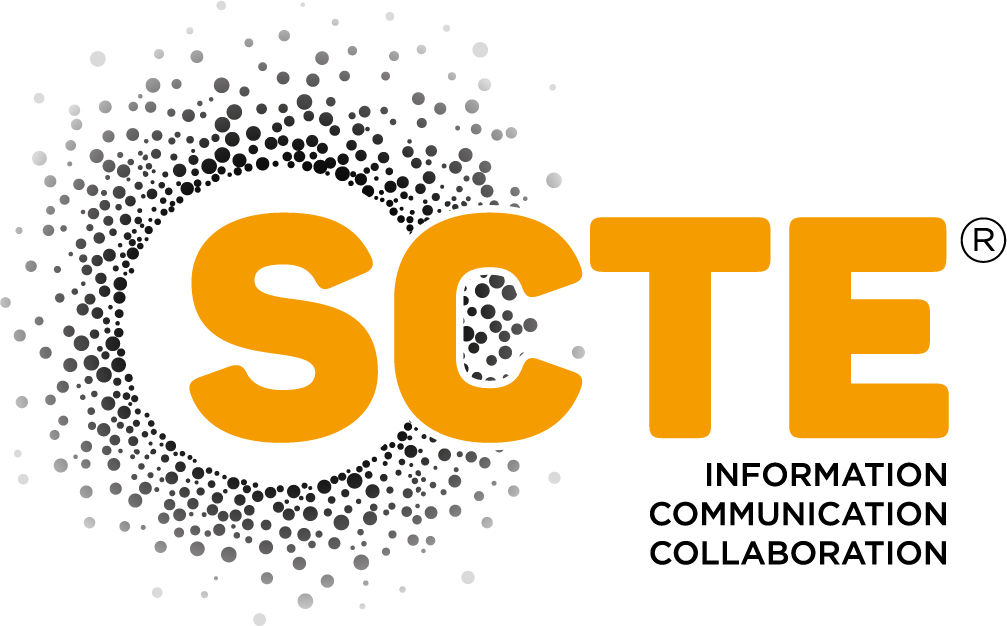Behind the Scenes: America's Cup

Even the best laid plans change over time, but most technical installations start with some definite ideas about where and how technology will be used. This was not the case with the 2021 America’s Cup.
When designs for technology were initially drawn up, the new boats for the sailing competition existed only on the drawing board. While this gave engineers some idea of what kind of cameras and microphones could be used on the water and where they would go, many things had to be re-thought when the vessels were built.
The America’s Cup, named after the first winner of the trophy, a yacht called America, is held every three to four years.
A call for proposals to provide broadcast services for this year’s event - held in Auckland, New Zealand in March - went out in 2018. Austrian production company West4Media, which works on documentaries and sports programming such as the Red Bull Air Race and the Olympics, and German intercom and connectivity developer Riedel Communications, were invited to bid together and created a joint venture, Circle-O, to do so.
Technical hub
West4Media founder and co-owner Werner Eksler explains that the proposal was for a “360-degree approach”, bringing together technology development and editorial to produce world feeds, highlights, social media and live coverage. A key element, he states, was having media equipment on the boats linked to production facilities on land, creating a technical hub from which all material could be produced.
Thomas Riedel, chief executive of Riedel Communications, adds that the organisers of the America’s Cup were aware of the companies’ track records in broadcasting live events. “They knew about our [Riedel’s] work on Formula 1 coverage and thought we could be a potential partner for a future Cup,” he comments.
“We hadn’t much experience of sailing but our core expertise is in RF. Both F1 and the America’s Cup rely on that, so there is a similarity.”
Circle-O is owned 50-50 by West4Media and Riedel Communications, with a similar division of responsibility. “Werner brings the content and TV directing knowledge,” explains Riedel, “and we handle the radio systems, communications, audio-video transport and data handling, including time-keeping.”
“We hadn’t much experience of sailing but our core expertise is in RF. Both F1 and the America’s Cup rely on that, so there is a similarity,” Thomas Riedel, Riedel Communications
Eksler adds: “The advantage of this kind of organisation, with editorial and technology, is to have one point of contact and to benefit from synergies you don’t have by working with different suppliers.”
Multiple options
When work to develop the proposed 360-degree system for this year’s America’s Cup began in 2018 the rules for the new class of boat - the mono-hulled AC75 - that would compete in both the America’s Cup and the Prada Cup, held in February to decide the challenger to Cup holder Emirates Team New Zealand, had been roughly defined but did not include camera and audio positioning. Regardless of this, Circle-O set about planning a system that would match all requirements by designing a variety of systems for four team boats. It was another 12 to 18 months before Riedel Communications technical director Tim Puschkeit and his engineers saw the first boat, American Magic.
Read the full article

Sign up to IBC365 for free
Sign up for FREE access to the latest industry trends, videos, thought leadership articles, executive interviews, behind the scenes exclusives and more!
Already have a login? SIGN IN

















